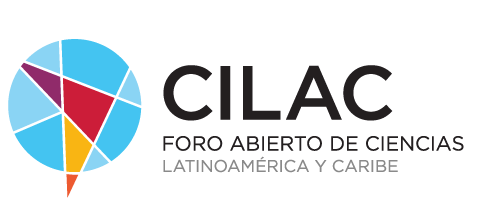
What is consciousness? How do we know it's us? How much consciousness is there in someone who remains in a coma? If we make an exact copy of the arrangement of our neurons and synaptic connections, Will we keep our conscience?
They are philosophically thorny questions, and perhaps the questions are not even well formulated because they are based on a priori concepts, concepts that are difficult to define, and a good dose of subjectivism. However, technologists who try to achieve immortality approach the question in a more practical and mechanistic way, as if it were Newton's law.
Water and consciousness
For many, the phenomenon of consciousness, then, would only be product of the particular organization of the particles that make up the brain, as the phenomenon "humidity" is a product of the special organization of water molecules in a pattern that we call "liquid" and that differs from the "gas" or "solid" pattern, which are not humid (vapor cloud and crystal of ice, respectively).
As the Swedish cosmologist explains Max Tegmark in his book Life 3.0:
As with solids, liquids and gases, I think that consciousness is an emergent phenomenon, with properties that go beyond those of its particles. For example, falling into a deep sleep extinguishes consciousness, simply through a reorganization of the particles. Likewise, my consciousness would disappear if I were to freeze to death, which would rearrange my particles in a more unfortunate way.
Alcor, in Arizona, is governed by this pragmatism, the largest of the four cryopreservation facilities that exist in the world, three of which are in the United States, while the fourth is in Russia. How he explains it Mark O'Connell in his book How to be a machine:
Hundreds of people have arranged for their bodies to be transferred here as soon as possible once their clinical death has been determined, so that a series of procedures can be performed on them (including, in half of the cases, the separation of the head from the body) that allow their cryonic suspension until science finds a way to bring them back to life.
They all hope that, when they die, their bodies will be preserved in liquid nitrogen, waiting for the day when some future technology could allow them to be thawed and reanimated, or when the kilo and a half of neural networks that housed their skulls can be extracted, scanned to recover all the information they stored, converted into code and transferred to some new type of mechanical body not subject to decrepitude or death or other human defects.
However, Will his consciousness be preserved? Perhaps we should not ask such questions and act with the mechanistic pragmatism of some technologists. Perhaps we are facing another example of the Theseus paradox, according to a Greek legend collected by Plutarch:
The ship in which Theseus and the young men of Athens returned (from Crete) had thirty oars, and the Athenians kept it until the time of Demetrius of Phalerus, since they removed the damaged boards and replaced them with new and more resistant ones, of So this ship had become an example among philosophers about the identity of things that grow; One group argued that the ship remained the same, while the other claimed that it was not.
Which may also lead us to ask if we follow when teleporting:
–
The news
And if consciousness were only a phenomenon of the organization of matter, like the humidity of water molecules
was originally published in
Xataka Science
by
Sergio Parra
.





























